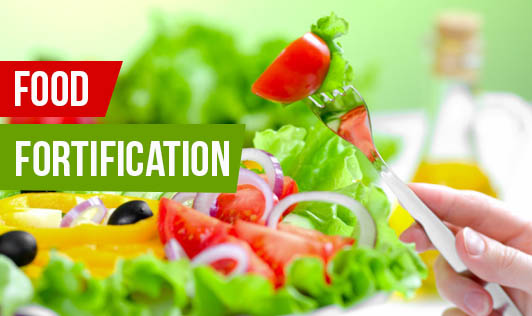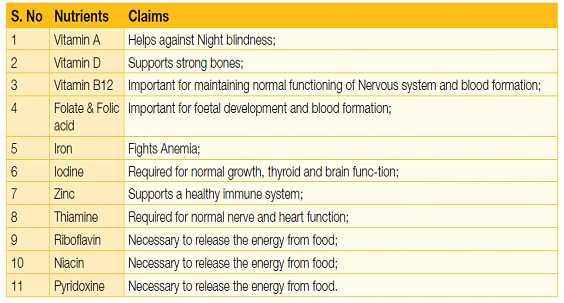Free Courses Sale ends Soon, Get It Now


Free Courses Sale ends Soon, Get It Now



Disclaimer: Copyright infringement not intended.
Context
Food Fortification
What is the need for Fortification in India?
Compulsory Fortification

Significance of Rice Fortification
About FSSAI
© 2024 iasgyan. All right reserved